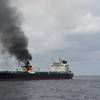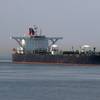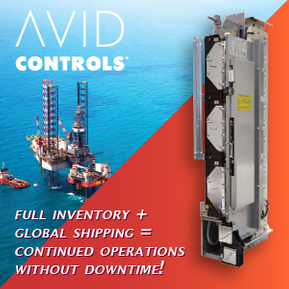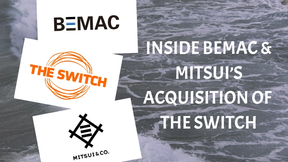VIKING Saatsea Puts Crew Training in its Place
VIKING Saatsea will be at SMM 2014 to showcase the revolution it has brought about in crew training – moving everything on board to cut costs, speed up certification, ease administration and create greater on-the-job satisfaction for crew being trained.
Esbjerg, Denmark, September 2014 – SMM 2014 sets the scene for a fundamental change in the way shipowners and offshore asset owners train their crews to comply with STCW and OPITO requirements, and the systems they use to track and report on such certifications. And it will also be the launch pad for the first onboard training system that enables them to design and build their own, fully customized courses for any training task.
Leading the change, and present at VIKING’s stand in Hall B1, is VIKING Saatsea, the maritime software developer recently acquired by marine safety equipment manufacturer VIKING Life-Saving Equipment. VIKING Saatsea develops 24/7 onboard training systems for OPITO and STCW crew certification, addressing the need of vessel and rig owners and operators to continuously train their crews by offering a combined solution that manages planning, implementation and documentation.
Unanswered needs
For a company of VIKING’s size to acquire a much smaller company in the software business, there must be a significant, unfulfilled and growing customer need to be answered. And VIKING Saatsea’s CEO, Kim Baarsøe, is keen to talk about the problems his company’s products have been purpose-built to solve.
“Vessel and rig owners desperately need to improve their training capabilities,” he says. “To start with, training has to speed up. Due to scheduling delays and the need to conduct most training at land-based facilities, the time from identification of a crew certification requirement to the certificate actually being available when it’s time to sail can be up to three months. That’s far too long – and a real problem for any sector that needs to mobilize crew quickly to meet business opportunities.”
“Often, personnel are urgently required at sea but, even if they have recently completed required training, they can’t report for work until they have been appropriately certified or re-certified. And that becomes very costly for the business.”
Kim Baarsøe also points to other limitations of existing training solutions, most of which are land-based. For example, VIKING Saatsea’s market research has shown that the current costs of training a crew member are widely considered to be too high. At the same time, certificate administration – finding out which crew members are available with the right certification for the job, who needs their skills upgraded or refreshed, and the current status of training activities by vessel or individual – is far too resource-heavy.
“Managing training is a complex and time-consuming task with an ever-present risk of error,” he explains. “As a consequence, vessel and rig owners risk delays, exposures to liability and financial losses.”











